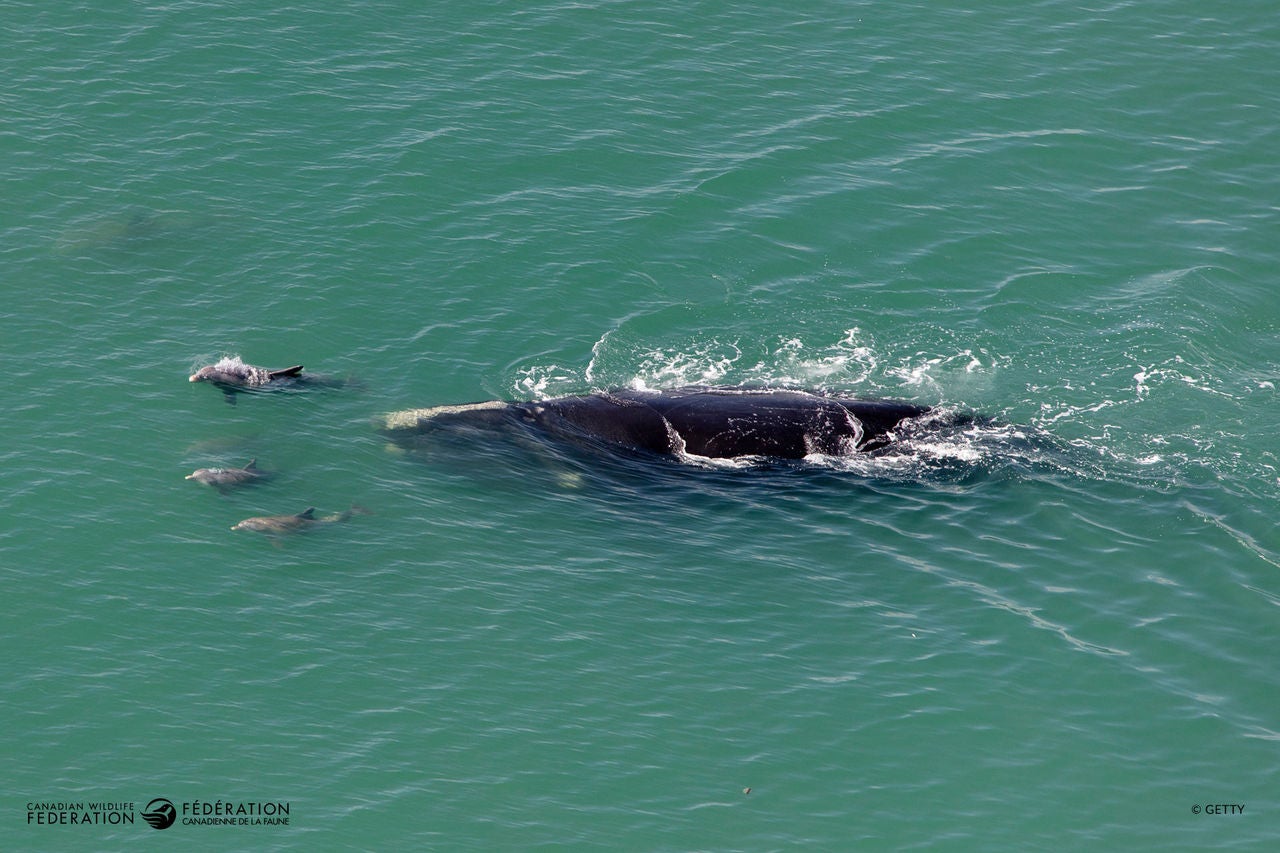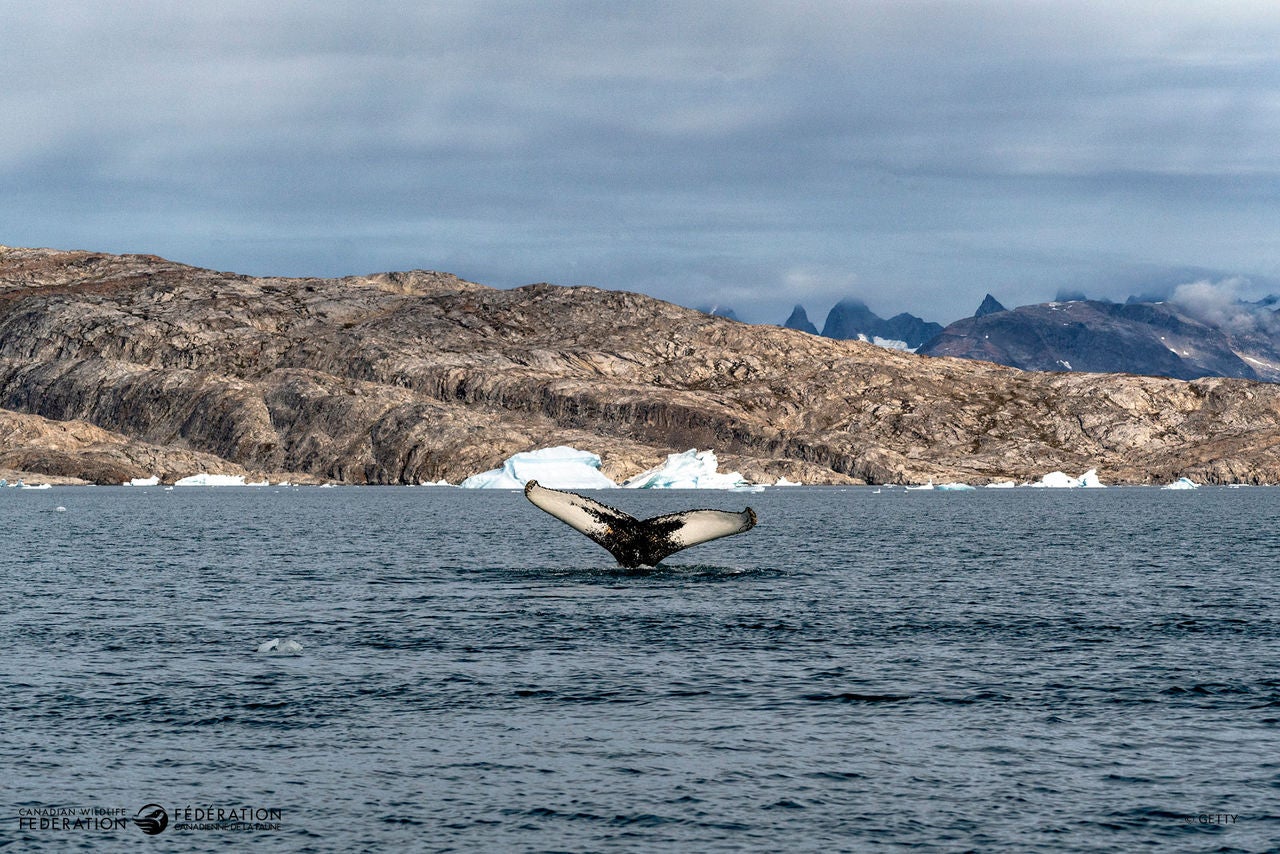Coasts & Oceans
Canada boasts the longest coastline in the world – over 202,000 km of it traversing three of the world’s five oceans. Our waters are home to magnificent marine wildlife like the North Atlantic Right Whale, Belugas, Orcas and many others. The coasts and oceans that exist on Canada’s perimetres are vitally important to our nation. They provide benefits like food, employment, transportation and enjoyment and more. No matter where you live in the country we must do all that we can to protect them.
Be One With Nature and #DoMoreForWildlife with one or more of these actions:
Reduce Your Plastic Footprint
By 2050, it is reported there will be more plastic in the ocean than fish. Take this simple quiz by going room to room in your house to discover how you can cut down on the amount of plastic you use.
Join The Watch
Know what to look for and what to do if you come across a marine animal emergency. You could make a big difference to marine animal conservation in Canada.
Learn More About Who’s Who on Our Coasts and Oceans
Watch our Hinterland Who‘s Who Vintage Vignette, North Atlantic Right Whale video or Ocean Commotion webinar and then read up on the many different marine species. Or, play the Puffin Catch game and tell us your score (don’t worry, we're not keeping track of high scores!) .
Clean Up a Shoreline
Live by a coastline? Conduct your own shoreline clean up. And, remember to post your wildlife and plant observations to the iNaturalist Canada app or on iNaturalist.ca
How Climate Change is Impacting Canada’s Whales
The ocean is warming at unprecedented rates from human-driven climate change. The ocean is our planet’s greatest carbon sink – it absorbs excess heat and energy from the atmosphere. Current levels are leading to cascading effects in our marine ecosystem, ranging from melting sea-ice and sea-level rise to increasing water temperatures around the world. These changes have far reaching impacts on marine life and biodiversity, including Canada’s large whales.
Areas in the Northwest Atlantic Ocean have been warming faster than most of the global ocean. The critically endangered North Atlantic Right Whales, who calls this ocean home, is one of the most apparent examples of a species responding to climate change. Historically, North Atlantic Right whales would spend the spring and summer months foraging for oil-rich, cold-water species of copepods throughout the Gulf of Maine and Bay of Fundy. But sometime around the early 2010s, they started spending less time in these summer foraging areas and started travelling northward to the Gulf of St. Lawrence. This was driven by marine heatwaves and warming ocean temperatures in the Gulf of Maine, forcing the copepods to seek colder waters. As North Atlantic Right whales followed their food and noticeably shifted their annual migratory route and habitat use in Canada, they became more seriously exposed to additional risks from human activities, specifically to entanglement in commercial fishing gear and to vessel strikes in some of the world’s busiest shipping lanes. The movement of North Atlantic Right whales to the Gulf of St Lawrence resulted in several mass mortality events in recent years, ongoing injuries to these whales, and low reproductive rates – impacting the ability of this species to recover.
Pacific species are also showing similar habitat and prey distribution changes linked to climate change. Pacific Grey Whales along British Columbia’s coast have been stranding at high rates with poor body conditions. Studies have shown a link between sea ice and healthy Grey Whales, as their prey relies on sea ice to grow. With less sea ice, food is less abundant and lower in quality, meaning their prey cannot effectively sustain the population, resulting in skinnier animals that aren’t getting enough food. As with North Atlantic Right whales, this is also causing Grey Whales to explore different habitats as they search for food, potentially putting them at greater risk of entanglements and vessel strikes, where they hadn’t previously been present.
These are just two examples of whale species responding to changes in the ocean ecosystem, but similar patterns are seen with other species. Additionally, with ongoing marine impacts from climate change, it is predicted that marine species distributions will continue to substantially change. The work conducted by the Canadian Wildlife Federation is helping to find solutions to current and future habitat shifts by improving our capability to quickly adapt our marine industries and create safe environments for whales and humans to co-exist.





